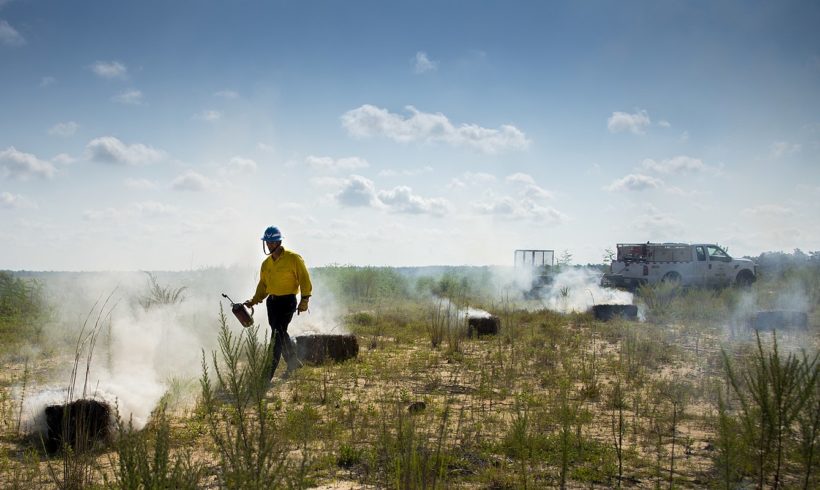By: Paul D. Boehm & Roxolana Kashuba The process of Natural Resource Damage Assessment (NRDA) evaluates and restores environmental services affected by the release of hazardous substances...
Archive for category: Environment
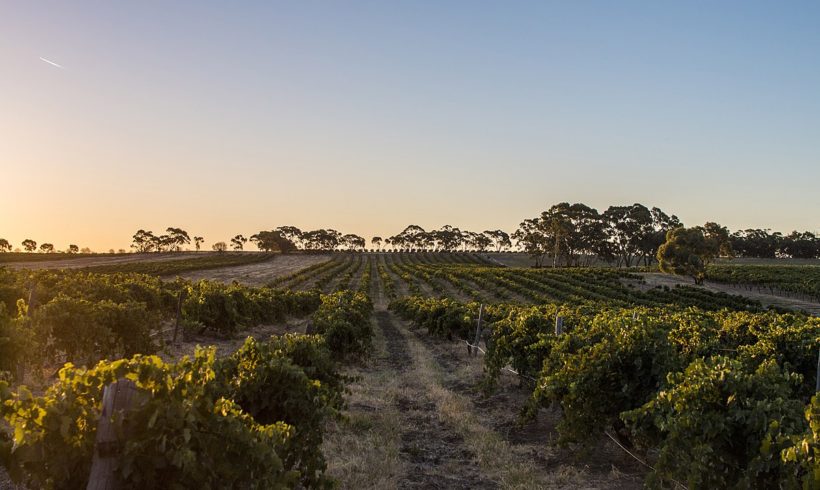
The Grapes of Wrath: Global Warming and Wine
By MIRIAM ACZEL The global wine industry is not a significant source of greenhouse gas emissions—accounting for roughly 0.1% of global carbon emissions—but it is particularly vulnerable to...
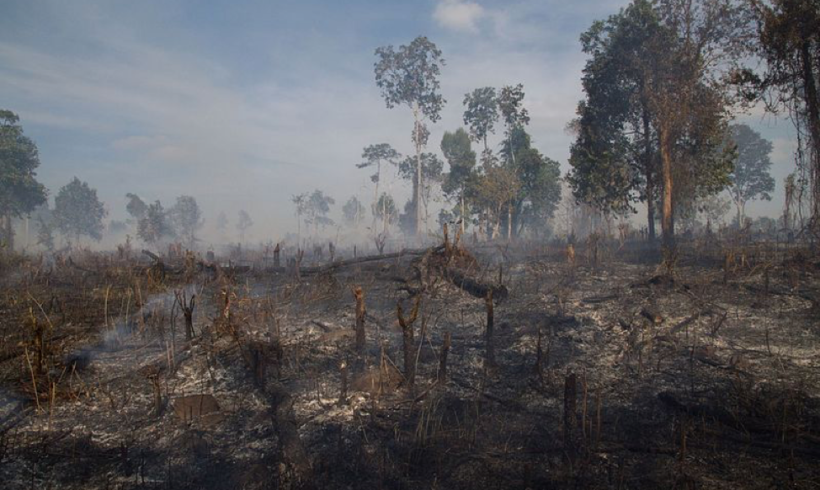
Cambodia’s Buddhist Monks Fight Against Deforestation
By DEBRA ACZEL and MIRIAM ACZEL Deforestation is a major environmental threat in Cambodia According to a study published last year in Science Advances, Cambodia has some...

Indian Prime Minister Modi: A UN Climate Champion
By UTKARSH VIVEK On October 3rd the Prime Minister of India received the United Nation’s Champion of the Earth Award in the Policy Leadership Category for his...

Inventive, Eco-Conscious Solutions for Shared Offices
By RAE STEINBACH Like businesses in traditional settings, coworking spaces are beginning to focus on promoting environmentally friendly designs. Freelancers are especially cognizant of their ecological...

Brazil’s Amazonian Mangroves: Crucial for Climate Change Mitigation
Brazil’s Amazon is home not only to the world’s largest tropical forest, but also one of the world’s largest mangrove areas. Mangroves are collections of different tree and shrub species found in tropical coastal regions, growing in waterlogged soils. They can be recognized because of their large roots protruding from soils—roots they use to ‘anchor’themselves from strong incoming tides. There are over 80 distinct mangrove tree species, and can sequester or store large amount of carbon in their soils, which can be stored for multiple centuries. Deforestation of mangroves results in the release of sequestered carbon dioxide, as trees, plants, and soils release stored carbon once they are logged and cleared or burned. Although mangroves represent only 0.6% of global tropical forests, a new, long-term study published in the journal Biology Letters shows that these mangrove forests contain much more stored carbon than previously thought, and that their deforestation accounts for as much as 12 percent of greenhouse gas emissions produced by all tropical deforestation worldwide.
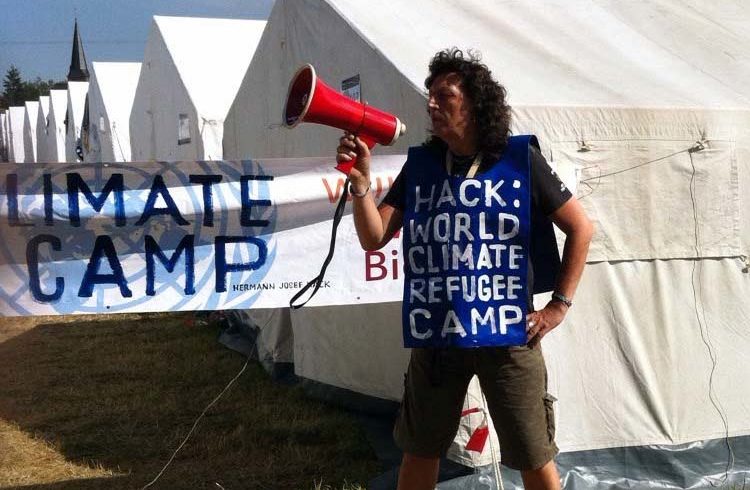
Is Climate Change a Security Issue?
There is a significant yet still under-researched connection between climate change and security-related risks. The frequency of extreme weather events, including flooding, severe droughts and other associated impacts of global warming are contributing to the reduction of crop yields, diminishing water resources, and ultimately impacting human livelihood. In some cases, these events have contributed to the migration of ‘climate refugees’ in order to meet their basic human needs, including access to water, food, electricity, and shelter. As a result, climate change is increasingly entering the policy arena as a significant security issue.
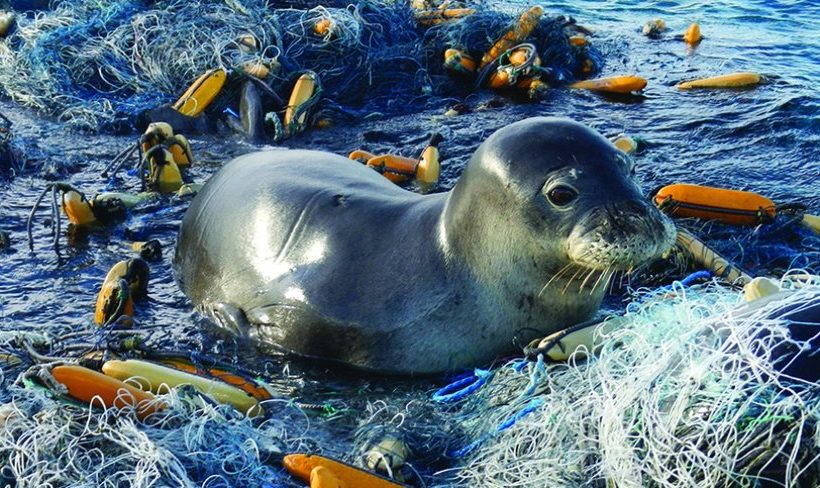
8 Reasons Why You Should Use A Zero Waste Shop
By LIAM JONES What is a zero waste shop? With the recent BBC documentary ‘Drowning in Plastic’ shining a light on the growing sea pollution problem,...
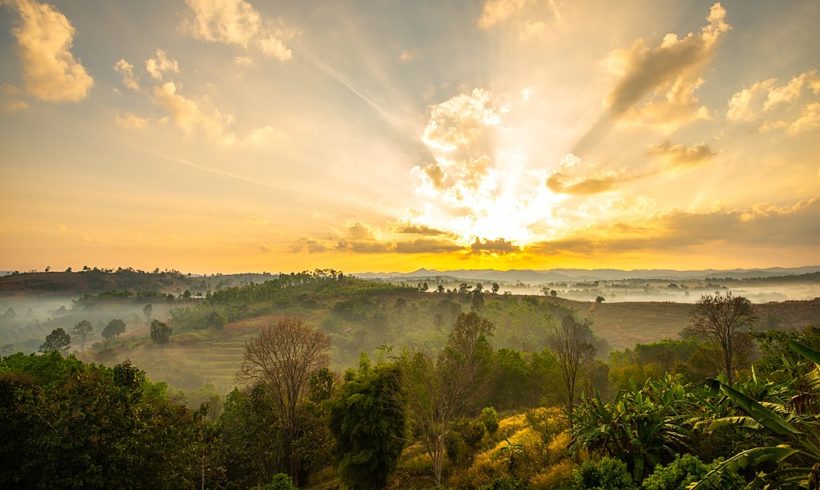
This One Simple Action Could Enhance Your Health and Wellbeing
Spend time outside.
Yup, that’s it! Just go outside, in nature as wild as possible, as often and for as long as you can. More exposure to nature seems to be more helpful, but even a little bit – indoor houseplants, tree-lined streets, the sound of birdsong through an open window – has incremental benefits.
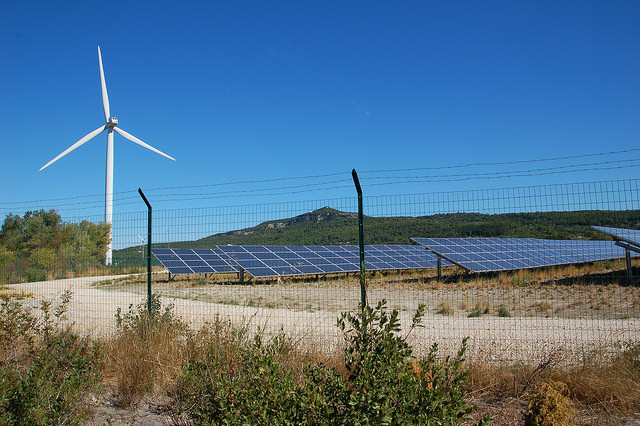
France’s Energy Future with Macron at the Helm
France is in the enviable position of having among the lowest energy costs in Europe, coupled with low carbon emissions--thanks to 58 nuclear plants that provide 75% of France’s total energy consumption. As a result of nuclear investment, France is currently the largest net-exporter of energy in the world, bringing in revenues estimated at 3 billion euros annually.
But the French nuclear plants were designed with an expected 40-year life-span, and their average age is now 35 years. And France, while using a high percentage of recycled nuclear fuel in power production, still faces the problem of how to handle waste products. Thus, the government faces a choice: invest in renewing the fleet of nuclear plants or invest in renewables—or support a mix of the two. Decommissioning old nuclear plants, building a new generation of plants, developing a system of renewables—all these options come with significant price tags.


